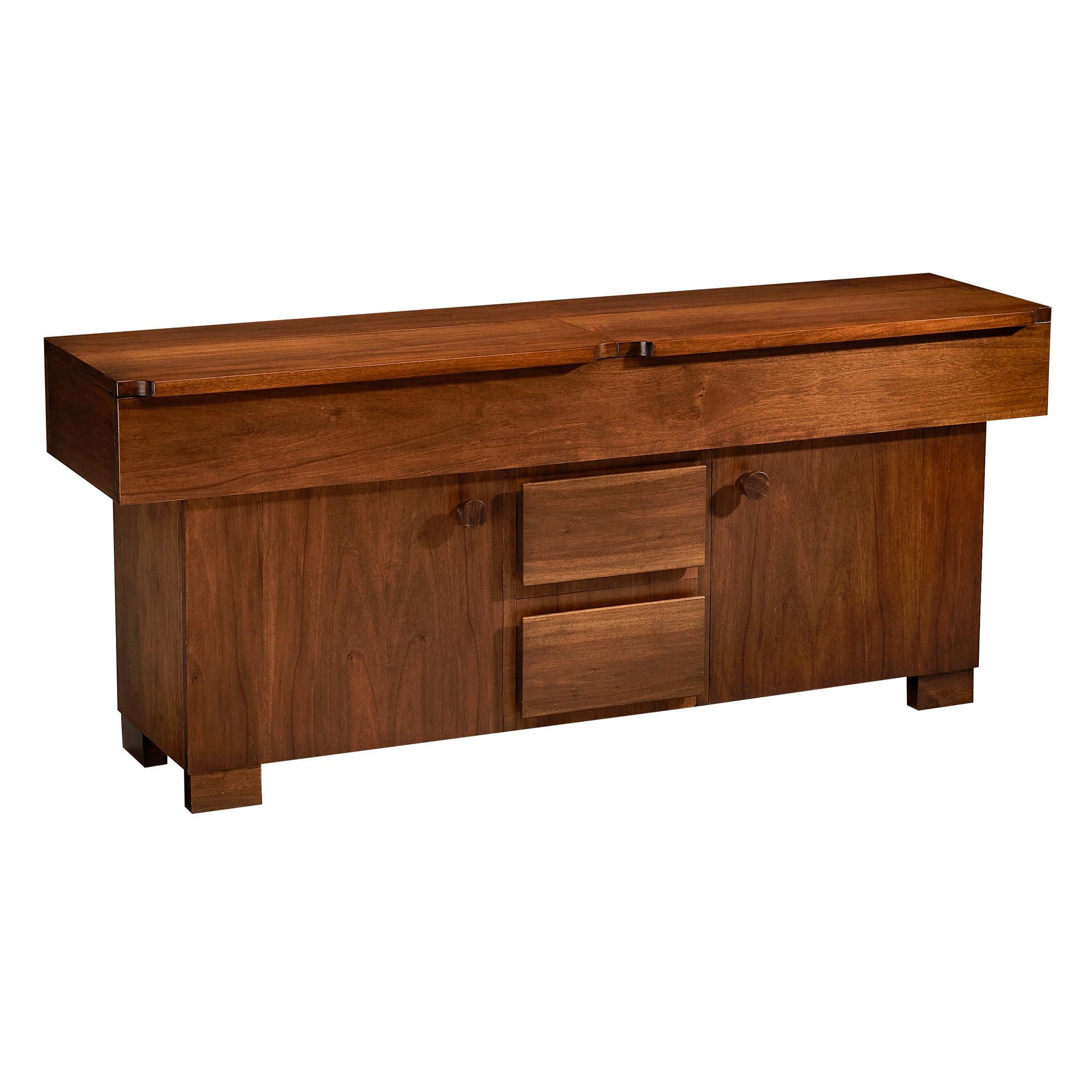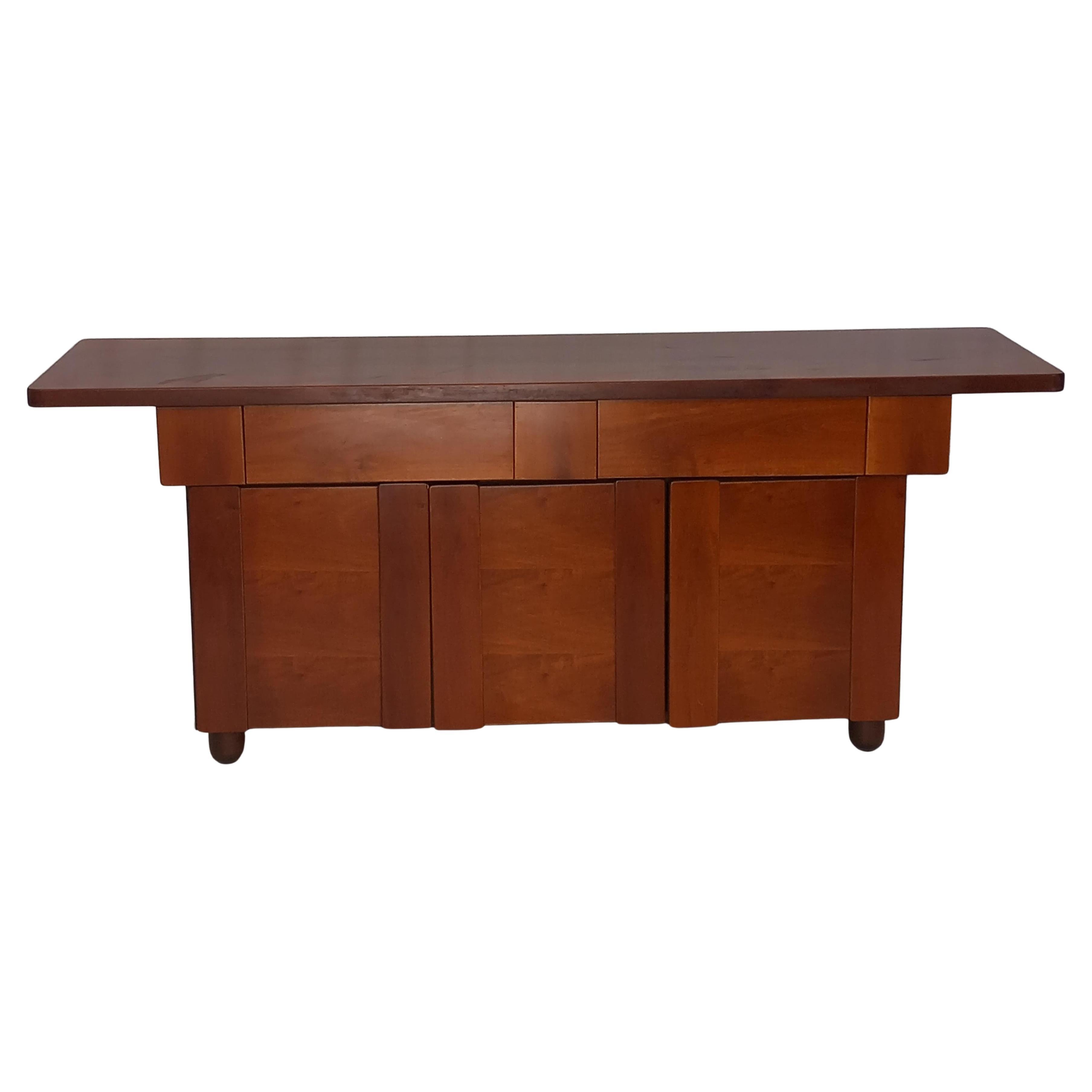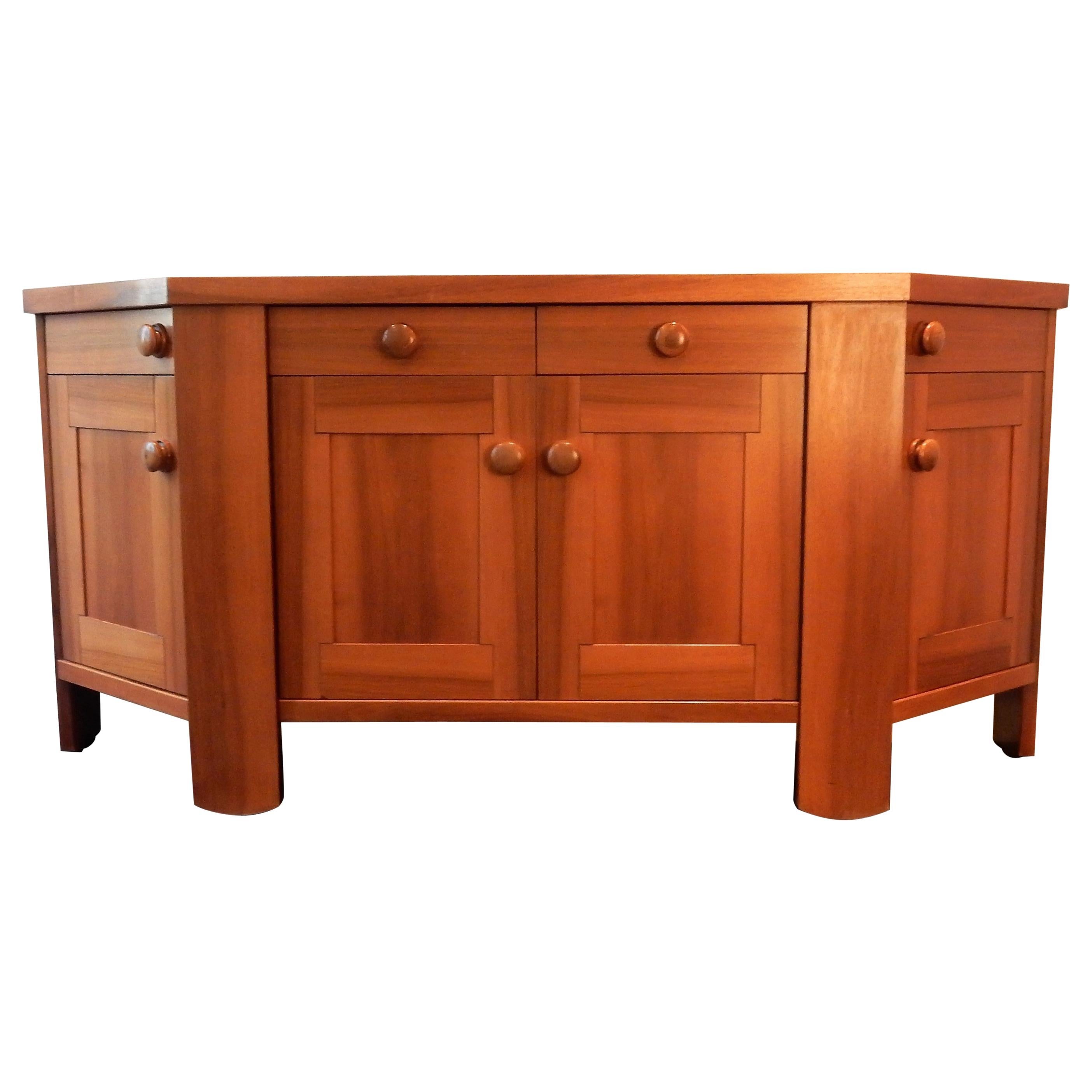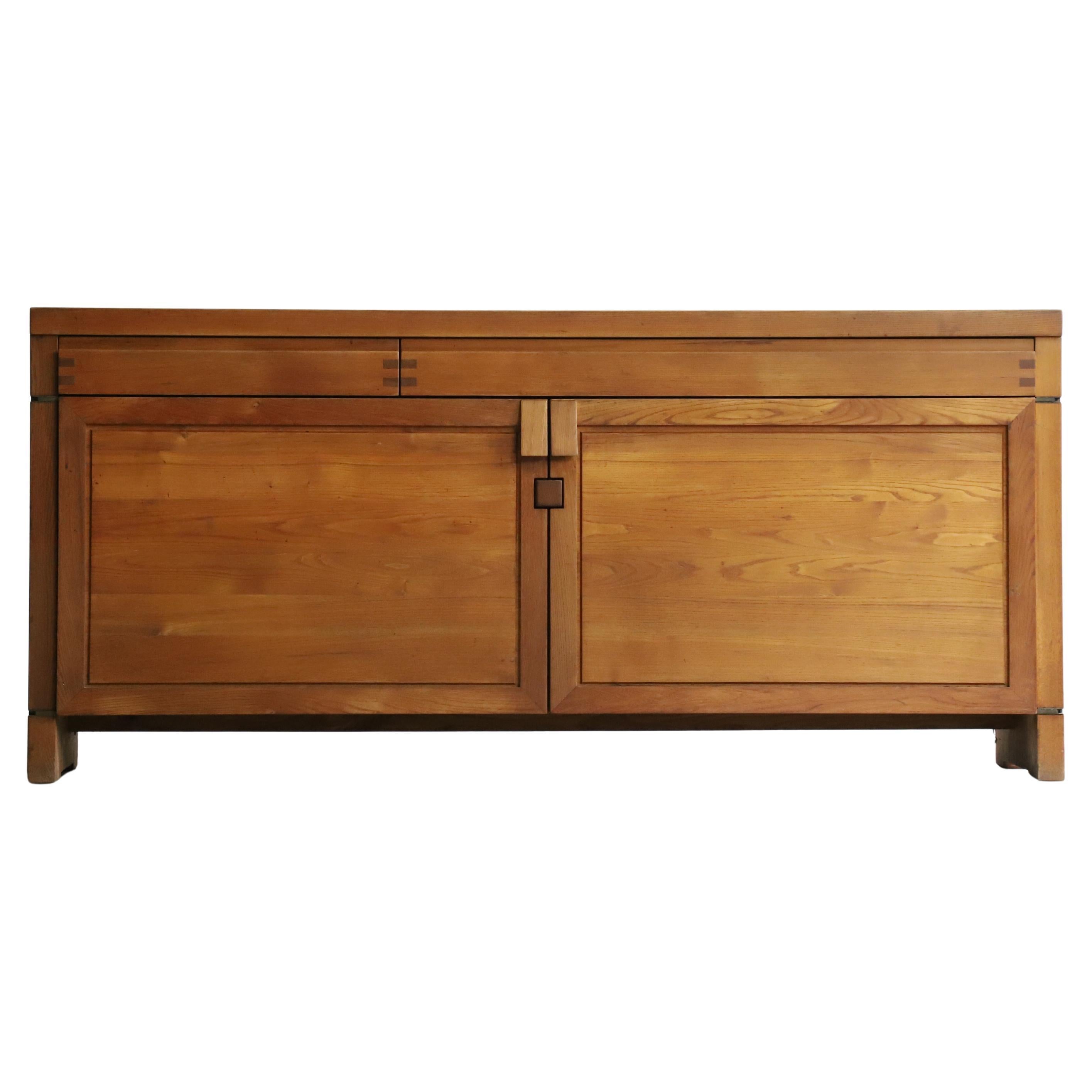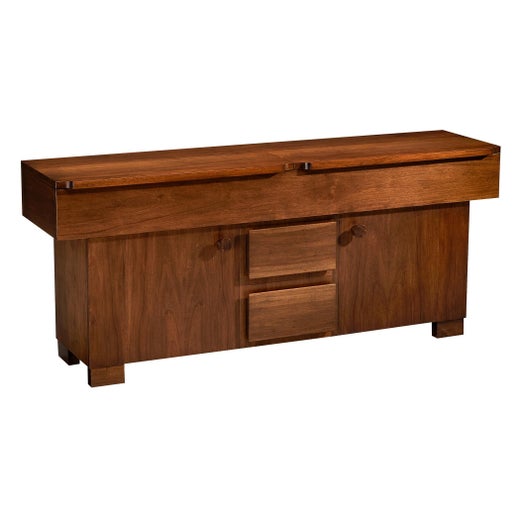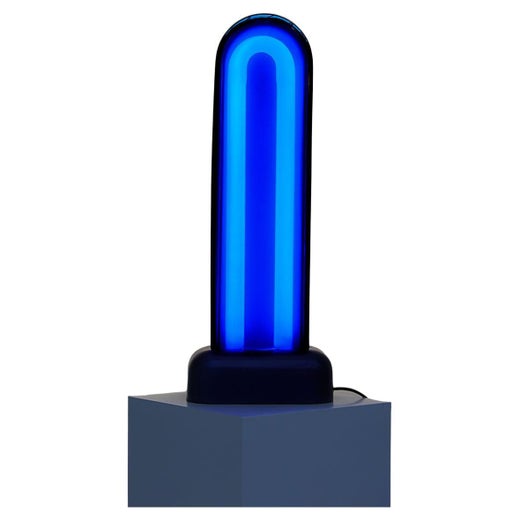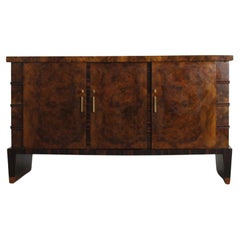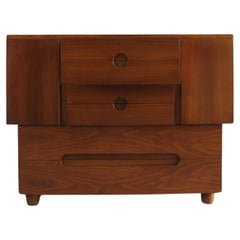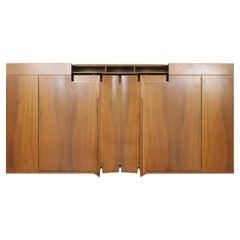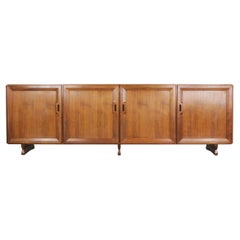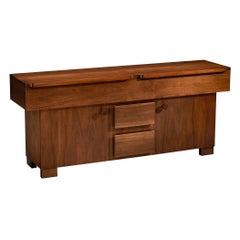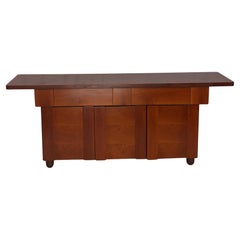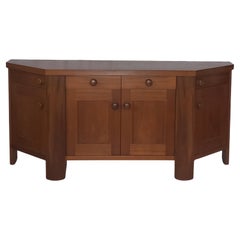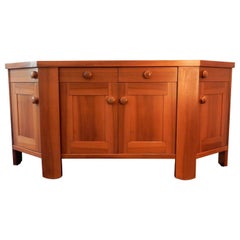Giovanni Michelucci Torbecchia Sideboard in Walnut Wood by Poltronova 1964
About the Item
- Creator:Poltronova (Manufacturer),Giovanni Michelucci (Designer)
- Dimensions:Height: 33.08 in (84 cm)Width: 78.75 in (200 cm)Depth: 20.87 in (53 cm)
- Style:Mid-Century Modern (Of the Period)
- Materials and Techniques:
- Place of Origin:
- Period:
- Date of Manufacture:Late 1960s
- Condition:Wear consistent with age and use.
- Seller Location:Montecatini Terme, IT
- Reference Number:1stDibs: LU5304240239842
Giovanni Michelucci
When discussing Italian architect Giovanni Michelucci, it is difficult to decide which is the more impressive achievement: his more than half-century track record of notable projects, which includes designing and restoring some of Tuscany’s most famous landmarks, or his nearly century-long life. While he is often remembered for passing away just two days before his centennial birthday, in the same breath he is memorialized for his exceptional contributions to Tuscan architecture, including Florence’s Santa Maria Novella Train Station, Palazzo delle Poste and restored rooms inside the legendary Uffizi Gallery.
Michelucci’s practice began in childhood, at his family’s artistic metal workshop. There, he rubbed elbows with many passing artists and architects before pursuing design academically at Florence’s Istituto Superiore di Architettura. Michelucci graduated in 1911 and embarked on a long teaching career. By the early 1920s, he was instructing at the Istituto d’Arte of Rome and later at the Istituto Superiore di Architettura, from 1928 until 1936. He served as dean of the school’s architectural faculty twice during the 1940s and founded the magazine La Nuova Città between the two appointments. He left Florence in 1948 to become a professor at the School of Engineering in Bologna, where he remained until his retirement.
Other significant architectural projects dot Michelucci ‘s career, like the Santa Maria Novella church and church of St. John the Baptist. Often working in collaboration with the Grouppo Tuscano, a collective of young architects, Michelucci beat out more than 100 other bidders on multiple contracts to bring his modernist, rationalist approach to Italy’s architectural landscape.
In his hometown of Pistoia, as well as Fiesole, Michelucci formed the Fondazione Giovanni Michelucci, which undertook social projects targeted at prisons, hospitals and asylums within the cities. He dedicated the rest of his life toward using architecture to address social challenges — a cause the foundation continues to support today.
On 1stDibs, find a collection of Giovanni Michelucci lighting, case pieces and tables.
Poltronova
Poltronova is known for embracing the creativity that opposites can introduce to a space. Its radical modernist furniture and lighting fixtures are simultaneously grounded in classic aesthetics and inspired by what were then new and provocative artistic movements in mid-century Italy, when the company was founded. This tension resulted in unique and extraordinary pieces at the manufacturer, from eccentric, glove-shaped armchairs to striking dining tables that feature a mix of materials and textures.
Italian designer Sergio Cammilli founded Poltronova in Tuscany in 1957. That same year, it won the Compasso d’Oro for the Panchetto chair designed by Luciano Nustrini. Revolutionary Italian architect Ettore Sottsass — a maestro of postmodern design who would later establish the Memphis Group — came on board as an art director in 1958. Poltronova manufactured many of his furniture and ceramic designs. Sottsass’s lighting, seating and other works for Poltronova showcase the designer’s bold experimentation with solid wood, glass, metal and laminate materials.
Other established names in Italian furniture design collaborated with Poltronova’s Sottsass and Cammilli, including Giovanni Michelucci, Gae Aulenti and Angelo Mangiarotti. However, the company truly set itself apart in its collaborations with Superstudio and Archizoom Associati, groups that were part of an irreverent, avant-garde movement in art and design that took shape during the 1960s in Florence, Turin and Milan. Collectives associated with the movement — which would one day be called Italian Radical design — drew on Pop art and minimalism and explored working with unconventional materials to create colorful, quirky and uniquely shaped objects and furnishings. At the time, Poltronova also worked with up-and-coming names in the art world, like painter Max Ernst and sculptor Mario Ceroli.
Poltronova showcased its groundbreaking designs in many exhibitions, such as “La Casa Abitata,” which was held in Florence in 1965. At Milan's Eurodomus trade show in 1970, Poltronova debuted an entire bedroom collection designed by Sottsass — including his sensuous Ultrafragola mirror. The brand’s furnishings were included in a 1972 exhibition at New York’s Museum of Modern Art called "Italy: The New Domestic Landscape," and in 1977, Poltronova again won the Compasso d’Oro for a book called Fare Mobili con Poltronova (Making Furniture with Poltronova).
Poltronova's enduring and acclaimed furniture designs came to be loved far outside Italy. During the 1960s, importer Charles Stendig represented the company and helped introduce it to the American market.
In 2005, Poltronova established the Centro Studi Poltronova to recreate some of the company's iconic furniture. The brand has also recently collaborated with English architect Nigel Coates, who worked with a Poltronova master craftsman in Italy to design a series of limited-edition furniture in 2011, including the Domo chair.
On 1stDibs, find vintage Poltronova tables, seating, storage cabinets and more.
- ShippingRetrieving quote...Shipping from: Borgo a Buggiano, Italy
- Return Policy
More From This Seller
View AllVintage 1930s Italian Mid-Century Modern Sideboards
Brass
Vintage 1950s Italian Mid-Century Modern Commodes and Chests of Drawers
Walnut
Vintage 1980s Italian Mid-Century Modern Sideboards
Walnut
Vintage 1950s Italian Mid-Century Modern Sideboards
Wood
Vintage 1950s Italian Mid-Century Modern Cabinets
Brass
Vintage 1960s Italian Mid-Century Modern Coffee and Cocktail Tables
Wood
You May Also Like
Vintage 1960s Italian Mid-Century Modern Sideboards
Walnut
Vintage 1970s Italian Mid-Century Modern Credenzas
Nutwood
Vintage 1970s Italian Mid-Century Modern Credenzas
Walnut
Vintage 1960s Italian Mid-Century Modern Sideboards
Walnut
Vintage 1960s Italian Mid-Century Modern Sideboards
Walnut
Vintage 1970s French Mid-Century Modern Sideboards
Brass
